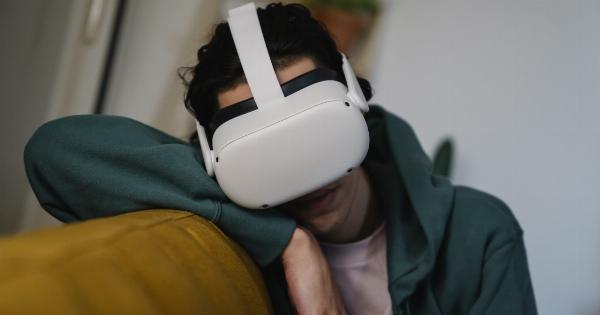Occupational therapy (OT) is a type of therapy that focuses on helping individuals of all ages improve their ability to perform daily activities.
In a school setting, occupational therapy can be used to help students who are struggling with motor, sensory, or cognitive skills that impact their performance in the classroom. Here are 10 classroom behaviors that may indicate the need for occupational therapy:.
1. Poor handwriting
Students who struggle with holding a pencil or forming letters may benefit from occupational therapy. OT can help improve fine motor skills and hand-eye coordination, leading to better handwriting.
2. Difficulty with cutting
Cutting is a common classroom activity, but it can be challenging for some students. Occupational therapy can help students improve scissor skills and hand strength to make cutting easier.
3. Problems with balance and coordination
Students who struggle with balance and coordination may have difficulty participating in physical education activities or even sitting in a chair for an extended period of time.
Occupational therapy can help improve these skills, leading to increased participation and engagement in the classroom.
4. Poor attention span
OT can help students who struggle with attention and focus. By using sensory strategies, occupational therapists can help students improve their ability to stay on task and engage in classroom activities.
5. Sensory processing difficulties
Some students may struggle with processing sensory information, which can impact their ability to participate in and enjoy classroom activities.
Occupational therapy can help students improve their ability to process sensory information, leading to increased participation and engagement.
6. Difficulty with organization
Students who struggle with organization may lose assignments or forget important deadlines. Occupational therapy can help students improve their organizational skills, leading to increased independence and success in the classroom.
7. Poor spatial awareness
Students who struggle with spatial awareness may have difficulty understanding concepts such as left and right or up and down. Occupational therapy can help students improve spatial awareness, leading to improved understanding of these concepts.
8. Difficulty with self-regulation
Students who struggle with self-regulation may have difficulty controlling their emotions or behavior in the classroom. Occupational therapy can help students learn effective self-regulation strategies, leading to improved behavior and social skills.
9. Problems with motor planning
Motor planning involves the ability to plan and execute movements. Students who struggle with motor planning may have difficulty with activities such as catching a ball or walking up stairs.
Occupational therapy can help improve motor planning skills, leading to increased participation in physical education and other activities.
10. Poor fine motor skills
Fine motor skills involve the ability to use small muscles in the hands and fingers. Students who struggle with fine motor skills may have difficulty with tasks such as buttoning a shirt or using scissors.
Occupational therapy can help improve these skills, leading to increased independence and success in the classroom.





























